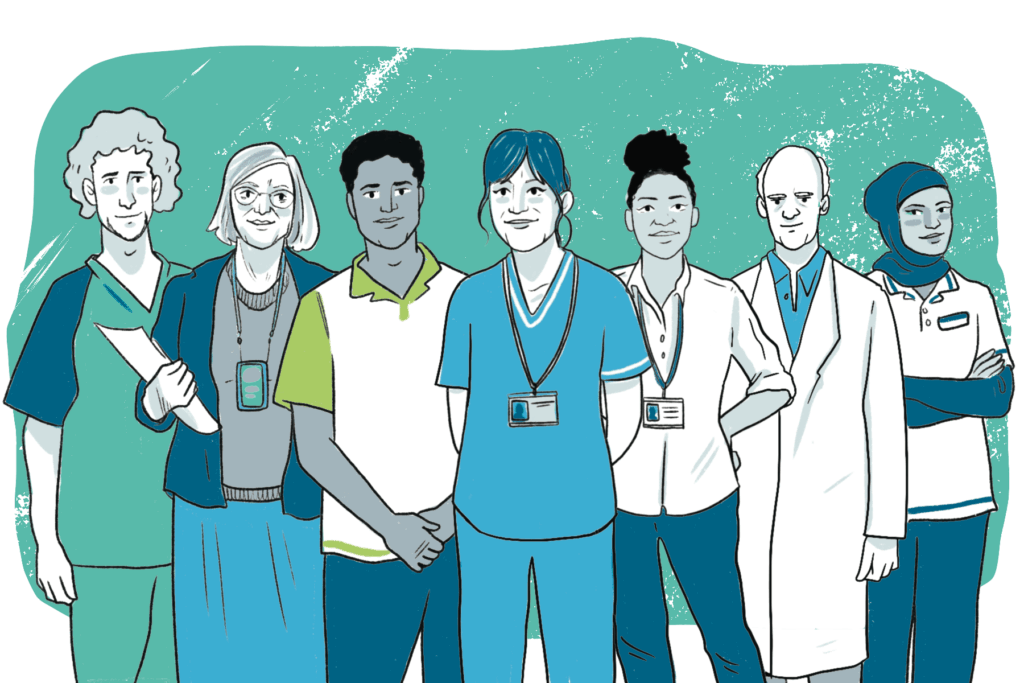Escape to the Magic Garden
My parents’ ability to read my gradual lack of movement and discomfort and take action prevented traumatic episodes from escalating. Then again, the unpredictable nature of the condition, together with being on-demand treatment at the time meant visits to the local general hospital were necessary. In most cases, the on-call registrar/clinical team had little or no experience of haemophilia, so I was heavily reliant on my parents to stress the urgency of receiving the appropriate treatment and care to stop the bleed, reduce the swelling, and relieve the pain.
Getting some of the healthcare professionals (HCPs) to grasp the extent of this pain, and the urgency to treat the bleed instead of talking about it, was a hurdle my parents faced too often. The perception of other’s pain was a concept explored at last month’s EAHAD Congress in Paris, whereby disparities in pain management may be attributable in part to bias. This includes observers’ experience with others’ pain (ringing true with my parents!) and the idea that doctors become desensitised to other people’s pain so as to not be distracted from the task at hand. This could be exacerbated when the cause of pain is not obvious and unlike many long-term conditions, haemophilia can be ‘invisible’ with few signs of trauma in the absence of an acute bleed.
So, how much has changed for me with regard to HCPs understanding the degree and impact of the pain from a bleeding episode?
Until 18-months ago when living on my own, I felt that I was self-managing my condition with prophylaxis effectively. But one day, out of nowhere, I was faced with two progressive spontaneous joint bleeds simultaneously with visible swelling and warmth. In agony, I took myself to out-of-hours emergency care and experienced déjà vu. It was as if I was that child again; seeing a registrar/clinical team I did not know, having to recount my family and medical history to different people, all the while having difficulty communicating and describing my pain and becoming more emotionally and physically distressed.
But this time there was no magic garden. Instead, I was left in a side room in A&E, with no one to answer my cry for help until my parents arrived mid-morning the next day and made it clear to everybody exactly what I was going through. I was finally admitted onto a ward and spent a week recovering. It was an unwanted wake-up call to the fact that I still have a rare condition and that an episode like this could still happen to me out of my control.
I fully appreciate the pressures on NHS services and the fact that a bed in the hospital was found for me. But unless you have experienced the crippling pain of a bleed yourself, it can be very difficult to empathise and relate to that person’s suffering. On this occasion, my parents were able to advocate for me to ensure I received the appropriate care and pain management, just as they did when I was young. But this should not be necessary.
Since then, I have worked closely with my specialist clinical team to personalise my treatment programme to do everything possible to avoid another such episode. Nonetheless, it is imperative the bleeding disorders community as a whole continually raise awareness of our conditions, regardless of how rare they are, to healthcare professionals outside of specialist services to help them understand that a bleed is just the tip of the iceberg.


